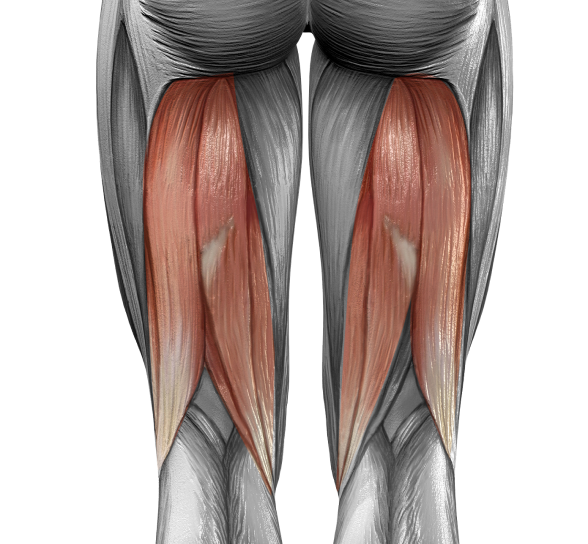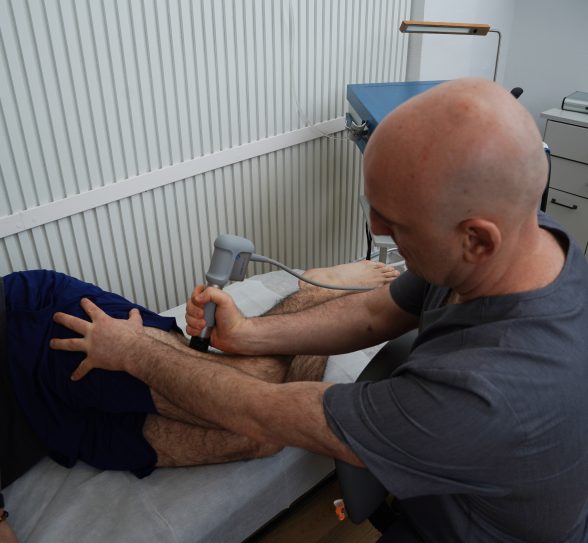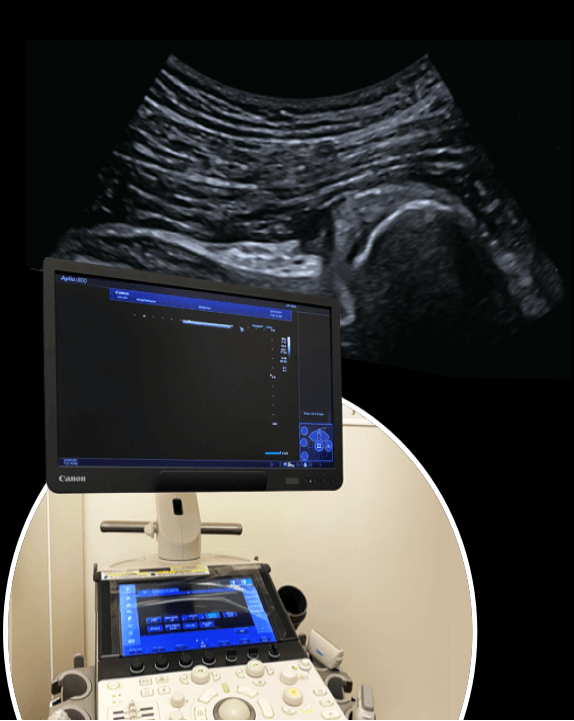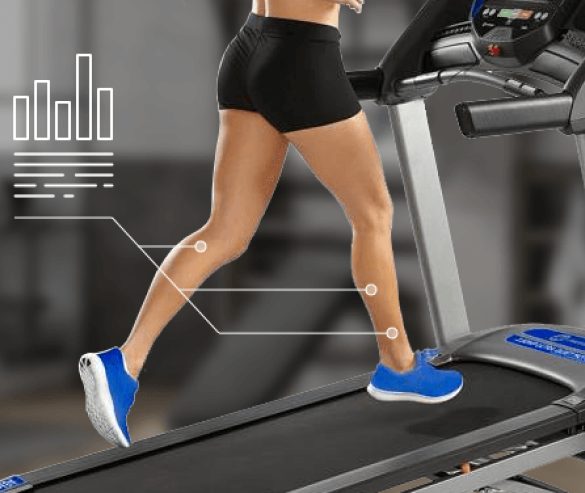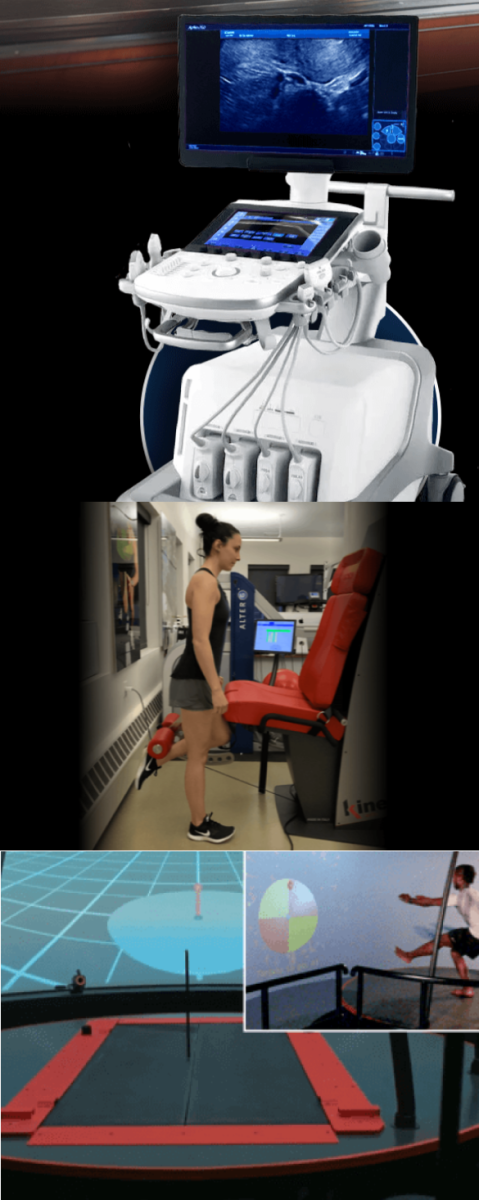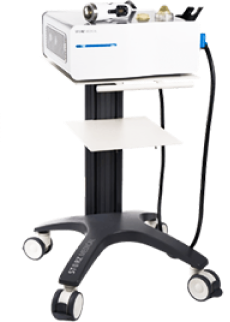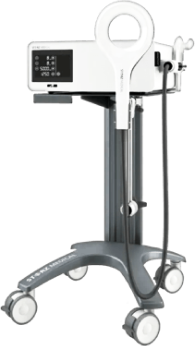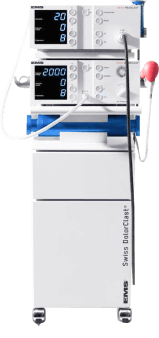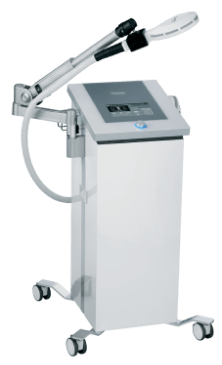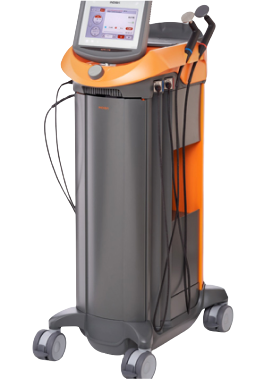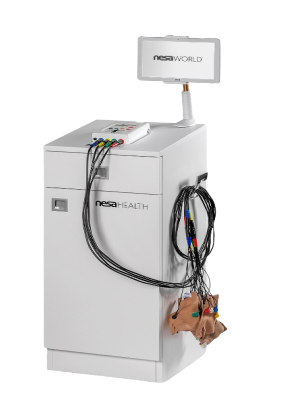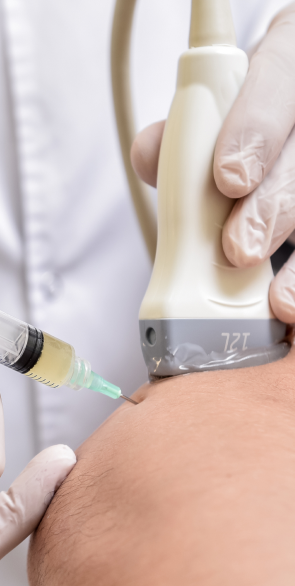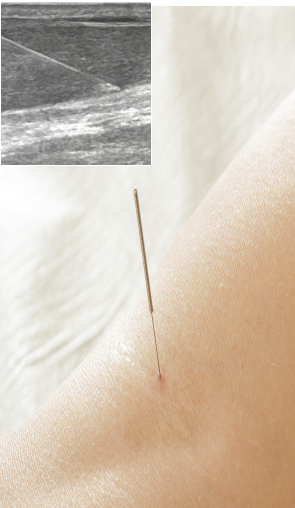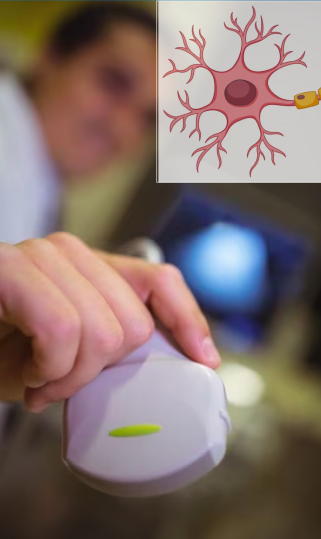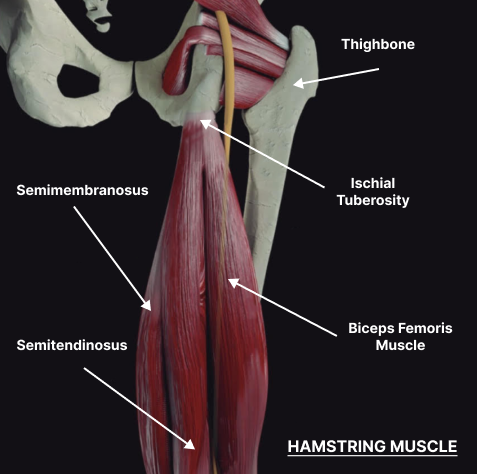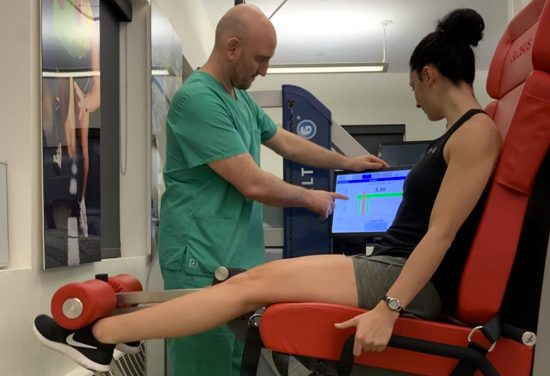Accurate Diagnosis is Key to
Successful Treatment
We diagnose your injury using the highest resolution diagnostic ultrasonography, for crystal-clear images of your hamstring injury in real time. Dynamic imaging lets us view your hamstrings in motion, to assess how the muscles interact with other structures. We are able to compare the injured and uninjured leg, to take into account your unique anatomical architecture. We assess tissue damage and pre-treat your injury with regenerative technologies, to prepare you for physical therapy.
In addition, our 3D motion analysis technologies enable us to precisely measure force loads, joint angles, center of mass, muscle firing patterns and other issues that affect hamstring muscle function. We use your collected data to establish a baseline, then provide feedback retraining to fine-tune your movement patterns to optimize performance and reduce your risk of injury.
Hamstring injuries are often misdiagnosed, leading to inferior treatment approaches that waste time and money, while pain persists and the tendon continues to deteriorate. At NYDNRehab, we know that hamstring rehabilitation takes time, and we believe that time should not be wasted.
Ultrasound lets us zero in on the injured tissues to identify their nature, severity, and scope. It also equips us with sonoelastography and superior microvascular imaging capabilities, to distinguish tendonitis from tendinopathy, rupture or avulsion. A tech-driven 3D biomechanical analysis lets us identify and quantify faulty motor patterns that can lead to hamstring injuries.
Dr. Kalika’s expertise as a hamstring doctor has helped scores of runners, athletes and physically active New Yorkers to quickly recover from hamstring injuries and confidently return to their sport or activity.



